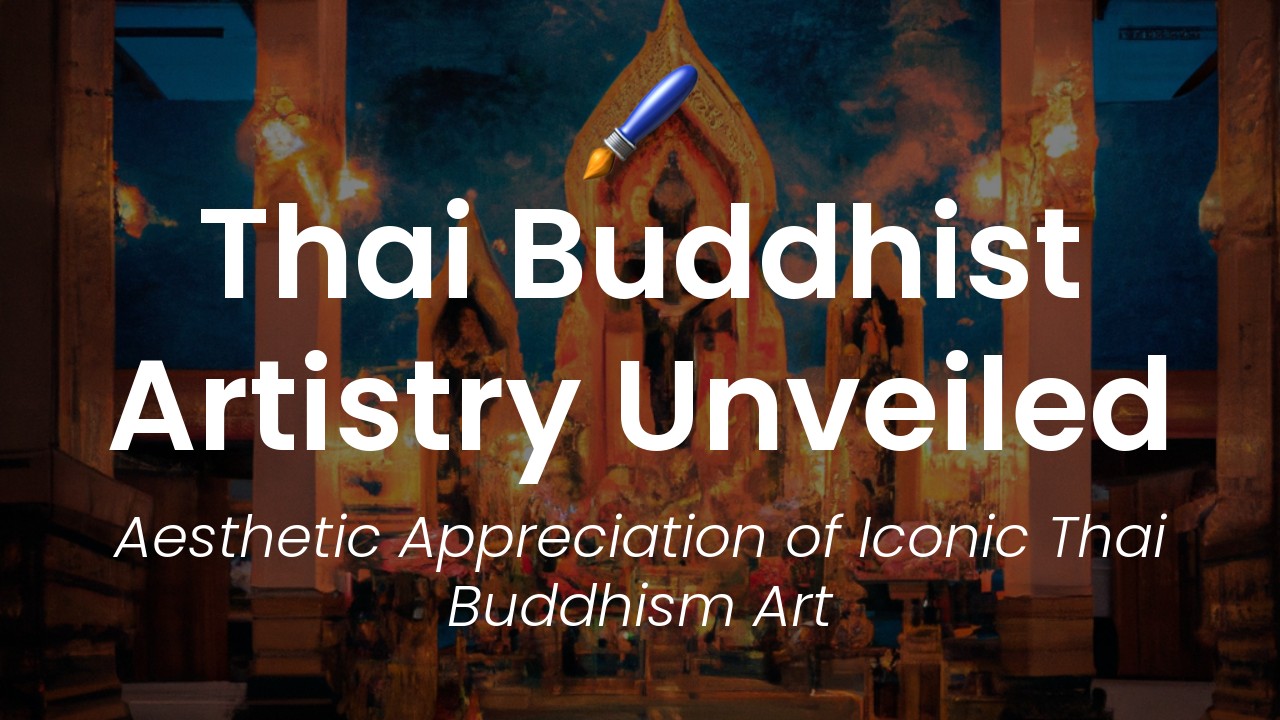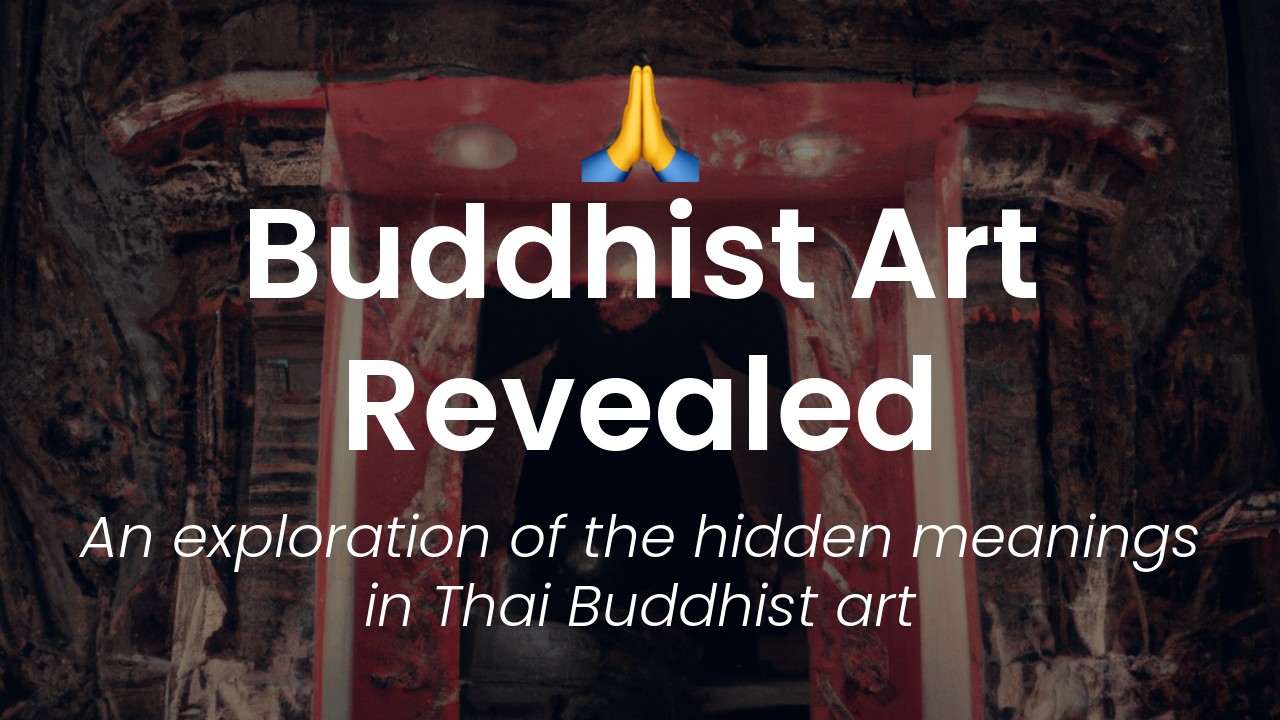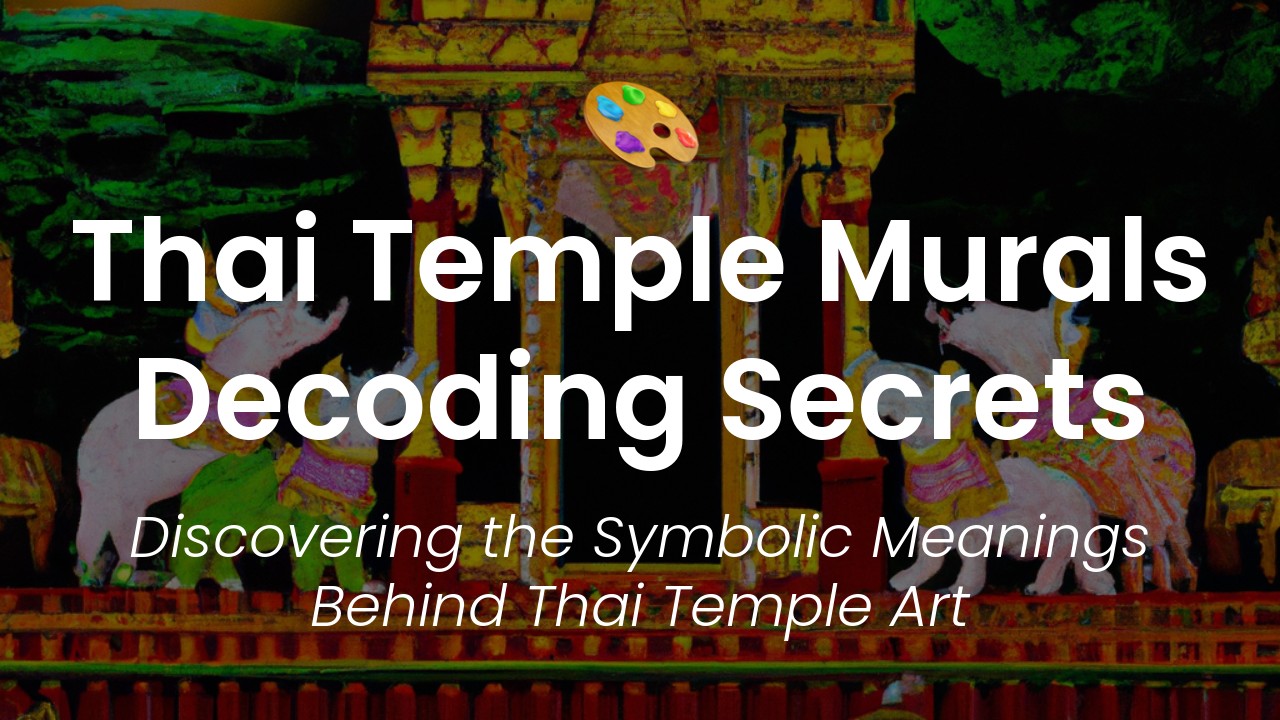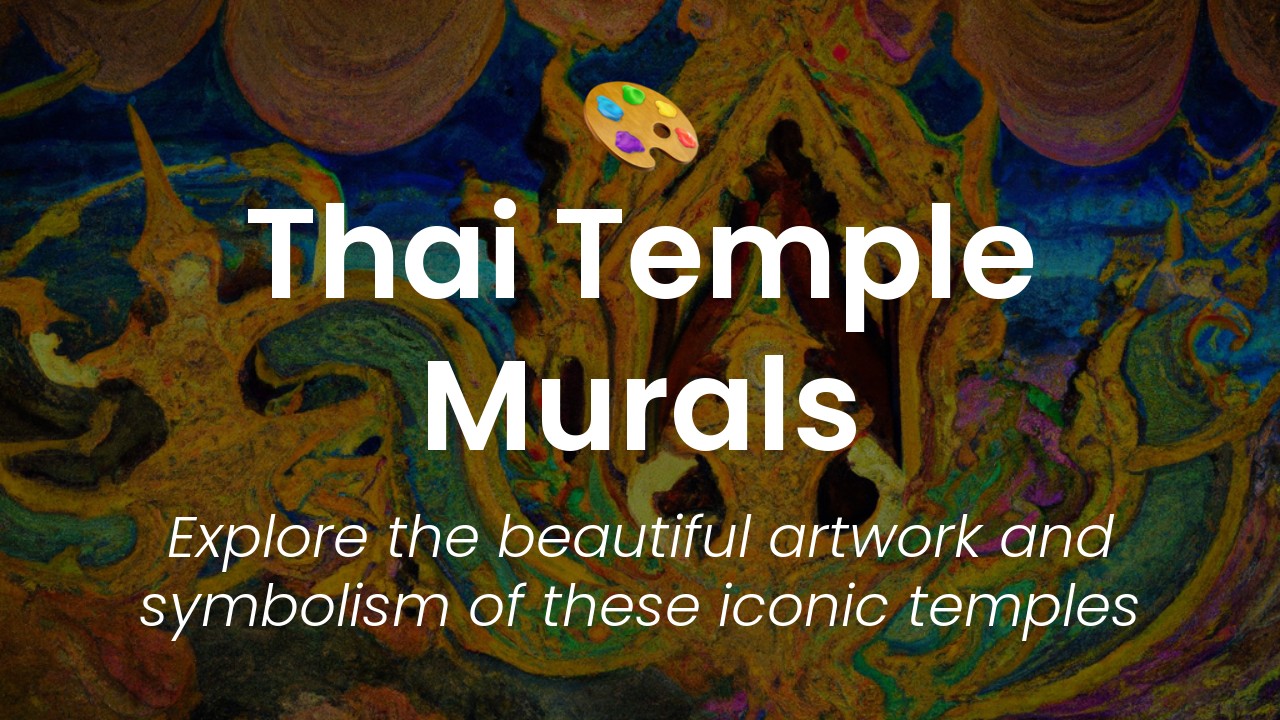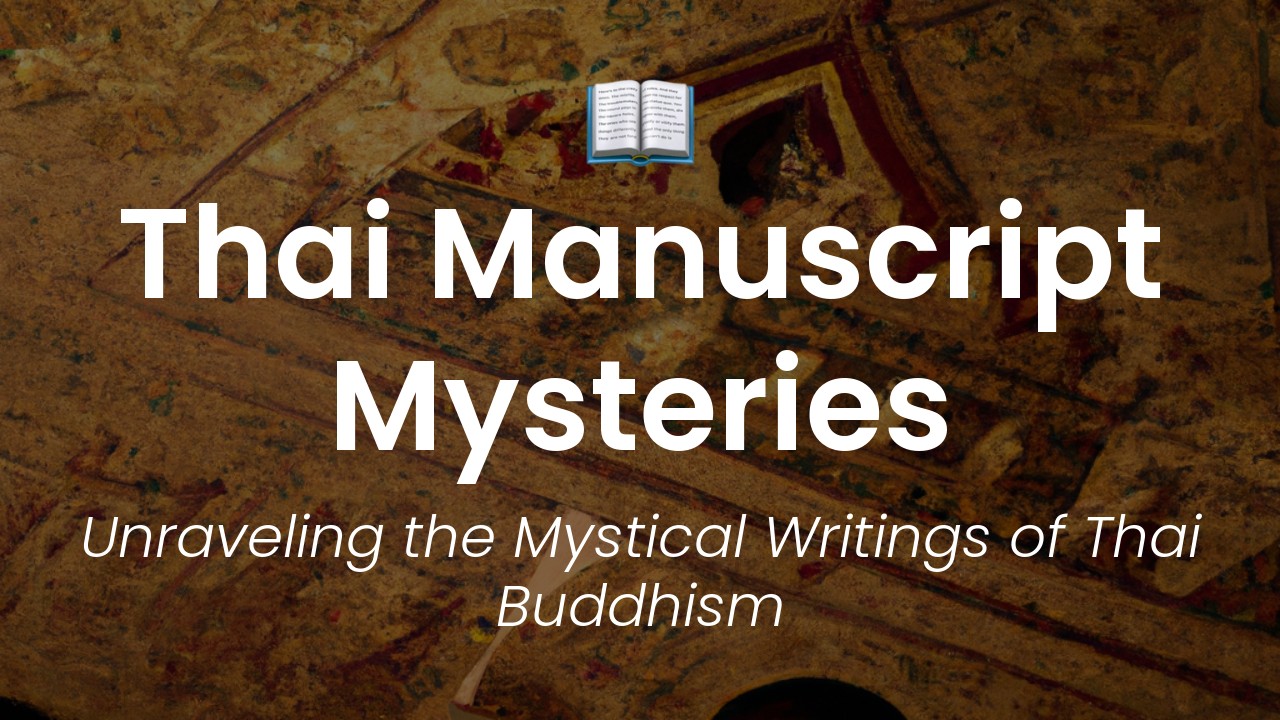Hello everyone, it's Sirinya here! Today, I'd like to share with you the beauty of traditional Thai Buddhist paintings, also known as "pantheon paintings". These paintings, which have been an integral part of Thai culture and art for centuries, offer a glimpse into the rich history and beliefs of Thai people.
Buddhism plays an important role in Thai culture and society. It is one of the main religions practiced in the country, and its teachings have influenced many aspects of Thai life, art and culture. In fact, many of Thailand's most iconic landmarks, such as Wat Phra Kaew and Wat Pho, are Buddhist temples that are adorned with stunning paintings and murals.
Pantheon paintings are a type of Buddhist painting that depict the various deities, saints, and symbols of the Buddhist pantheon. They are often found inside Buddhist temples, and their intricate designs and vibrant colors are a testament to the skill of the Thai artists who created them. Each painting tells a story, and the intricate details and symbolism offer a deeper understanding of Buddhist teachings and principles.
In this article, I'll take you on a journey through the world of traditional Thai Buddhist paintings. We'll explore the history behind these paintings, learn about the stories they depict, and discover the symbolism and meaning behind each element of the paintings. So, sit back, relax, and let's dive into the beauty of traditional Thai Buddhist paintings!
Origins of Thai Buddhist Art
Thai Buddhist art has a long and fascinating history, dating back to the 7th century AD. It was heavily influenced by Buddhist art and culture from India and China, and over time, developed its own unique style.
The earliest examples of Thai Buddhist art are cave paintings found in the northern regions of Thailand. These paintings were created by Mon and Khmer monks and depict scenes from the life of the Buddha.
However, it was during the Sukhothai period, from the 13th to the 15th century, that Thai Buddhist art flourished. The Sukhothai style of art is characterized by its simplicity, elegance, and graceful lines. The most iconic Sukhothai statue is the walking Buddha image, which is depicted with one hand raised in a gesture of fearlessness.
Techniques and Materials
Traditionally, Thai Buddhist art was created using a variety of materials, including gold leaf, lacquer, and precious stones. These materials were used to create intricate designs and details, and to add a sense of grandeur and opulence to Thai Buddhist art.
Thai Buddhist art was also created using a technique called relief carving. This technique involved carving designs and figures into a flat surface, such as wood or stone. The carved surface was then painted with vibrant colors and gold leaf to create a shimmering effect.
Another popular technique used in Thai Buddhist art was fresco painting. This technique involved painting directly onto wet plaster, which allowed the colors to seep into the plaster and create a long-lasting, vibrant image.
Influences from India and China
Thai Buddhist art was heavily influenced by Buddhist art and culture from India and China. Indian-style Buddha images were often depicted with a serene expression and elongated earlobes, which symbolized wisdom and the ability to listen to the teachings of the Buddha.
Chinese-style Buddha images, on the other hand, were often depicted with a rounder face and a more realistic appearance. Chinese influence can also be seen in the intricate designs and patterns found in Thai Buddhist art.
Symbolism in Thai Buddhist Paintings
Thai Buddhist paintings often depict scenes from the life of the Buddha, as well as various Buddhist deities and stories. These paintings are rich in symbolism, with each element carefully chosen to represent a specific concept or teaching.
For example, the lotus flower is a common symbol in Thai Buddhist paintings. The lotus flower represents purity, enlightenment, and detachment from worldly desires. The Buddha is often depicted sitting or standing on a lotus flower, symbolizing his enlightenment and detachment from the material world.
Another common symbol in Thai Buddhist paintings is the snake, which represents the cycle of rebirth. The snake sheds its skin, much like the Buddha sheds his worldly attachments in order to achieve enlightenment.
Famous Artists and their Works
One of the most famous Thai Buddhist artists was Khrua In Khong, who lived during the early 20th century. He was known for his intricate and detailed carvings, which were created using a variety of materials, including wood, ivory, and metal.
Another famous artist was Khrua In Khong's student, Vichit Chaiwong. He was known for his unique style, which blended traditional Thai Buddhist art with more modern elements.
One of the most famous works of Thai Buddhist art is the Emerald Buddha, which is housed in the Wat Phra Kaew temple in Bangkok. The Emerald Buddha is a small statue made of jade, and is believed to have been created during the 15th century. It is highly revered by Thai Buddhists, and is considered to be an important symbol of Thai culture and heritage.
Role of Thai Buddhist Art in Society
Thai Buddhist art has played an important role in Thai society for centuries. It has been used to teach people about Buddhist teachings and principles, and has been a source of inspiration and spiritual guidance.
Today, Thai Buddhist art continues to be an important part of Thai culture and identity. It can be seen in temples and shrines throughout the country, and is often used to decorate homes and public spaces.
Preservation and Contemporary Adaptations
Despite its long history and cultural significance, Thai Buddhist art is facing a number of challenges today. The use of modern materials and techniques has led to concerns about the preservation of traditional techniques and materials.
However, contemporary artists are finding innovative ways to adapt traditional Thai Buddhist art to a modern audience. This has led to the creation of new styles and techniques, which are helping to keep Thai Buddhist art relevant and vibrant.
In conclusion, Thai Buddhist art is a beautiful and fascinating art form with a rich history and cultural significance. Its intricate details and vibrant colors continue to inspire and captivate audiences around the world.

